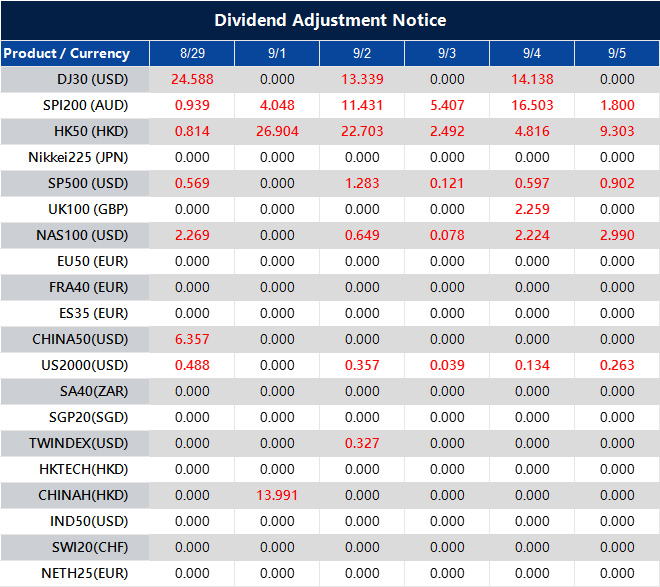The dollar has dropped over the last two days, reversing earlier gains from earlier in the week. Initially, it rose after Fed Chair Powell made dovish remarks. However, recent trading has shifted back to selling, changing how the market feels about the dollar.
Attention is now on month-end activities as traders look forward to upcoming US labor market data next week. Major currencies aren’t moving much, with changes of around 0.1% or 15 pips. The final trading day could be quiet as everyone waits for the non-farm payrolls data.
Dollar Pair Movements
Movement in dollar pairs this week shows uncertainty, with minor changes in commodity currencies. Current performances for dollar pairs are: EUR/USD down 0.4%, USD/JPY up 0.1%, GBP/USD down 0.1%, USD/CHF up 0.1%, USD/CAD down 0.5%, AUD/USD up 0.7%, and NZD/USD up 0.5%.
The dollar’s recent instability indicates how the market is struggling with what the Federal Reserve plans to do. After last week’s dovish signals from Jackson Hole, expectations for interest rate cuts have grown clearer. The CME FedWatch Tool now shows a 78% chance of a rate cut at the September meeting, making next week’s employment data very important.
Traders should expect increased volatility when the US labor market report comes out. Signs of a slowdown are already evident. The latest JOLTS report from earlier this month indicates job openings have fallen to 8.7 million. If the non-farm payrolls number is lower than the expected 175,000, this could strengthen the argument for a rate cut and likely lower the dollar’s value.
Strategies for Market Volatility
The current calm market, with the VIX index near a low of 14, is a good time to consider buying volatility. Derivative traders might want to buy straddles or strangles on major pairs like EUR/USD. These strategies aim to profit from big price changes in either direction, which could happen after the jobs data is released.
Reflecting on past events, this situation is similar to the market dynamic in mid-2019. At that time, the Fed was shifting to lower rates, and a surprisingly weak jobs report accelerated that process, weakening the dollar. If something similar happens next week, it might finally provide the market with the clear direction it has been missing.
The relative strength of commodity currencies, like the Australian and Canadian dollars, is also significant. This indicates that traders might already be preparing for a weaker US dollar by seeking better yields. If the US jobs data is disappointing, strategies favoring these currencies against the dollar could see notable profits.
Create your live VT Markets account and start trading now.
here to set up a live account on VT Markets now





